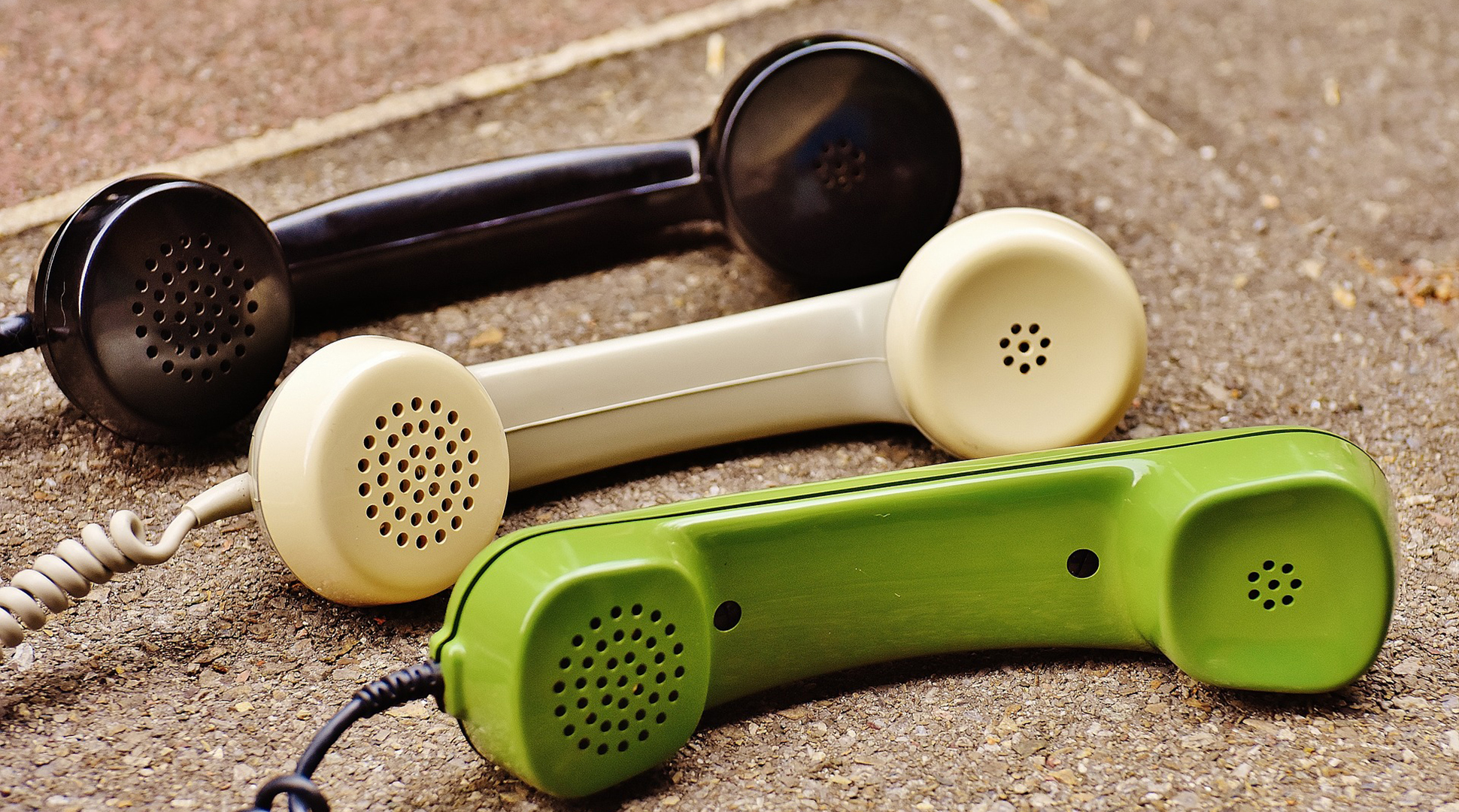Photo courtesy Alex Fotos on Pixabay
By Julie Garden-Robinson, Food and Nutrition Specialist NDSU Extension
Where were you in 1979?
I know some of my readers were adults at the time; others were teens or children. Others weren't born yet.
We recently celebrated the 40th birthday of the North Dakota Nutrition Council at the annual conference. Our keynote speaker, Judi Adams, who retired from the Wheat Foods Council, walked us through decades of changes in nutrition recommendations.
Trust me: Much has changed in the last four decades in popular culture, daily conveniences and nutrition recommendations.
People had only a few TV channels to choose from in 1979. "Mork and Mindy," "Happy Days," "Laverne and Shirley," "Little House on the Prairie," "Dallas" and "The Love Boat" were among the most popular programs. Do you remember rabbit ears and aluminum foil?
Of course, cellphones weren't in everyone's hands. In 1979, we were lucky if we had a long phone cord on the only phone in the house.
You couldn't take a photo with your phone and upload it to Facebook to share with your friends immediately. You had to send film away to be developed, and you hoped people had their eyes open in the photos when you received the prints in the mail.
The Sony Walkman was introduced in 1979 with a hefty price tag for the time: $150. We didn't have ear buds and YouTube.
Most people were wearing a lot of polyester back 40 years ago. Men, did you have a leisure suit or two? Oh, admit it. Your dad and grandpa probably did, anyway. Those polyester knit clothes probably look as good as new if you found them in a closet today.
In 1979, "Superman the Movie" was launched, along with "Rocky II," the "Muppet Movie" and "Star Trek: The Motion Picture." The Bee Gees, Rod Stewart, Blondie, Gloria Gaynor and Michael Jackson were popular.
Time flies, doesn't it?
What about food and nutrition? In 1979, nutrition experts were gearing up to launch the first U.S. Dietary Guidelines for Americans in 1980.
We certainly weren't ordering "Uber Eats" with an app on our cellphone. Eating out was a big treat for most families four decades ago, and coffee houses did not dot the landscape of urban America, beckoning us with caloric lattes and mochas.
Special "kid food" didn't emerge until McDonald's Happy Meals were introduced in 1979. Of course, we weren't taking pictures of our restaurant meal and Snap-chatting or Tweeting it to our friends.
Restaurant portions were much smaller in 1979, too. Most people were smaller as well. Despite smaller waistlines, fad diets were popular then, as they are now. In 1979, the Atkins diet was popular, as was the Scarsdale diet. Neither gets two thumbs up from nutrition experts, then or now.
Back then, nutrition research pointed toward recommending low-fat diets. Now our messages point to choosing healthful fats, not necessarily fat-free foods. Eating less salt was a focus in 1979, and it remains as a focus in 2019.
Carbs were considered "bad" by some in 1979, and some people shun carbs today, too. However, people who eat low-carb diets may be lacking in several vitamins and minerals, and their diet choices may have adverse effects on their heart, muscles, kidneys and other organs.
Forty years ago, eggs were on the "bad" list due to their cholesterol content. More recently, cholesterol restrictions were removed, and now nutrition experts are debating the best level of dietary cholesterol that is healthful.
Moderation is the key for most things.
Many things have changed, but some things have stayed the same. We in nutrition still are trying to get everyone to eat more fruits and vegetables because 90 percent of adults shortchange themselves on the recommendation (4 1/2 cups fruits and vegetables daily).
If you are looking for a healthful diet to follow, remember two diets: The Mediterranean diet and DASH (Dietary Approaches to Stop Hypertension) diet are considered among the top diets that promote health today.
These are the key messages from the most recent national nutrition guidance available at https://www.choosemyplate.gov/. Which ones do you achieve on most days?
* Make half your plate fruits and vegetables: vary your veggies and focus on whole fruits.
* Make half your grains whole grains.
* Vary your protein routine. Make one-fourth of your plate protein.
* Move to low-fat or fat-free milk or yogurt.
* Drink water instead of sugary drinks.
The other morning, I listened to radio announcers talking about a food trend from the last several years: meals in a bowl. I'm not talking about soup.
A meal in a bowl consists of layers of ingredients, which you can set up as a "create your own meal" buffet with several options for a family gathering.
Instead of a recipe, we will get a little creative this week with some basics from an NDSU Extension handout. For a printable copy, see www.ag.ndsu.edu/pubs/yf/foods/fn1757.pdf.
5 Steps to Making Your Own Meal in a Bowl
- Choose one grain. Add 1/2 cup of your favorite grain, such as cooked brown rice, quinoa, wild rice or whole-grain pasta.
- Choose one or more vegetables. For example, add 1/2 cup of veggies, such as a mixture of chopped bell peppers, onions, tomatoes, spinach, carrots or mushrooms.
- Add some fruit. For example, add 1/2 cup of chopped apples, peaches or mandarin oranges.
- Choose one or more proteins. Add about 2 ounces of protein to your creation, such as cooked lean ground beef, lean ham, chopped roasted chicken or black beans, or another of your favorite protein foods.
- Choose one or more sauces or seasonings. Try teriyaki or sweet and sour sauce for an Asian-inspired bowl, or taco sauce or salsa for a Mexican-inspired bowl.
(Julie Garden-Robinson, Ph.D., R.D., L.R.D., is a North Dakota State University Extension food and nutrition specialist and professor in the Department of Health, Nutrition and Exercise Sciences. Follow her on Twitter @jgardenrobinson)
